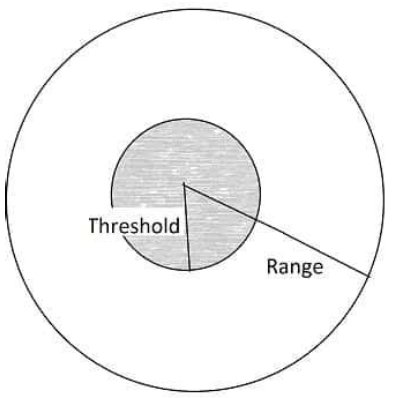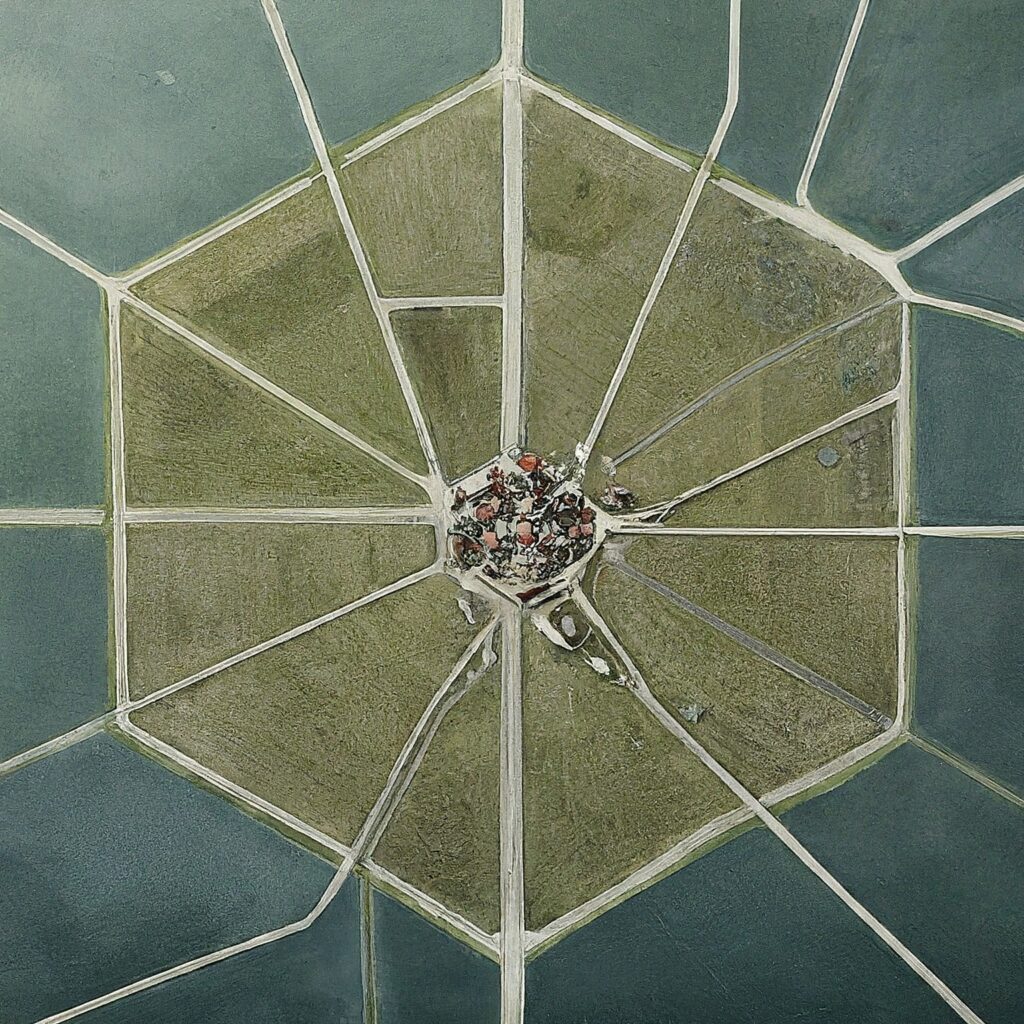The Central Place Theory was developed by Walter Christaller in 1933. It is a foundational concept in urban and economic geography. This theory helps in understanding the spatial distribution of human settlements and their organization into urban hierarchies. The theory was based on the study of South Germany.
Table of Contents
What is a Central Place?
Central places are settlements that serve as hubs for providing goods and services to the surrounding population and areas, known as hinterlands. These central places range from small villages to large cities, each fulfilling different roles within the regional hierarchy.
There are two terms associated with the Central Place.
- Threshold: The minimum population required to make a place centre for product or provider of services. If the population is below this limit the centre will not sustain.
- Range: The maximum distance a consumer is willing to travel to access the goods or take the services.

Assumptions of Central Place Theories of Christaller
- The theory assumes that the region under consideration is flat and featureless, with no physical barriers or irregularities that would influence settlement patterns.

- There is a uniform distribution of population across the region. People are evenly dispersed and have similar purchasing power and demand for goods and services.
- The theory assumes a uniform and isotropic transportation network, where all areas are equally accessible and transportation costs are consistent across the region.
- It assumes that consumers have homogeneous preferences and demand for goods and services. There are no variations in consumer behavior or purchasing power across different areas.
- The theory assumes that economic agents, such as producers and consumers, behave rationally and aim to maximize their utility or profit. This implies that they will make location decisions based on factors such as transportation costs and market accessibility.
These assumptions allow Christaller to develop a simplified and systematic model of central place hierarchy and spatial organization within a region. However, it’s important to note that these assumptions are idealized and may not fully reflect the complexities of real-world spatial systems.
Theoretical Framework
Central Place Theory is based on the notion that settlements serve as centers for the provision of goods and services to the surrounding population. According to Christaller, settlements are organized into a hierarchy, with smaller settlements servicing the needs of their immediate hinterland, and larger settlements providing goods and services to a wider area.
The hierarchy of settlements is organized in a hexagonal pattern, with each settlement serving as a central place for a specific range of goods and services. The size and function of each settlement are determined by the threshold population required to support different types of goods and services.
Spatial Organization
The spatial organization of settlements in Central Place Theory is based on the principle of “centralization,” which refers to the concentration of economic activities in larger settlements. This concentration of activities is achieved through the specialization of goods and services in larger settlements, which results in economies of scale and lower costs.
The centralization of economic activities in larger settlements is also accompanied by the phenomenon of “dispersion,” which refers to the distribution of smaller settlements throughout the hinterland. These smaller settlements are designed to service the basic needs of the population and are located at regular intervals to minimize travel time and distance.
Applications of Central Place Theory
Central Place Theory has been applied in a variety of fields, including urban planning, retail location analysis, and economic geography. The theory provides valuable insights into the spatial organization of settlements and can help to inform planning decisions related to the location and distribution of goods and services.
For example, Central Place Theory can be used to analyze the location of retail businesses, such as supermarkets and shopping malls. By understanding the threshold population required to support different types of retail businesses, planners can identify the optimal locations for these businesses and minimize competition between them.
Critiques of Central Place Theory
Central Place Theory has been criticized for its assumptions about the rationality of human behavior and the homogeneity of the population. The theory assumes that individuals will always choose the most efficient location for goods and services, regardless of their personal preferences or cultural factors.
Despite its limitations, Central Place Theory remains an important framework for understanding the organization of human settlements and their role in providing goods and services to the population. By identifying the spatial patterns of urban hierarchies, researchers can gain insights into the complex processes that shape the spatial organization of human societies.
